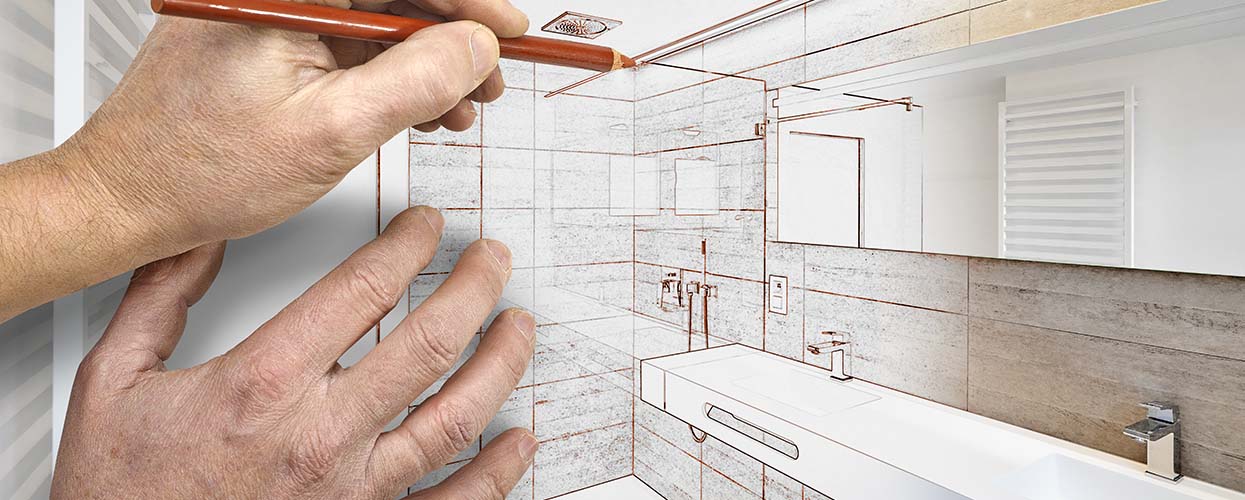During the pandemic, Americans became ultra-focused on upgrading their homes, taking on remodeling and DIY projects in record numbers. But as recession fears mount, more homeowners are putting on the brakes and showing less willingness to dole out large amounts of money on home improvement projects.
New data this week shows home improvement giants like Lowe’s and Home Depot posting lower profits. These firms also are downgrading their sales outlooks for the year. Home improvement experts say consumers are becoming jittery about the economy and are moving from large-scale remodels to smaller, cheaper projects—or just scrapping their renovation plans altogether. Consumers have a case of the “home improvement blues,” Neil Saunders, a retail expert and managing director at Global Data, reportedly said this week.
Despite several possible reasons for the remodeling slowdown, it won’t be a bust, experts say. One reason is that homeowners often remodel before and after moving. As home sales remain slow this spring, there may be fewer new homeowners to make these remodeling changes—at least for now, says Jessica Lautz, deputy chief economist and vice president of research at the National Association of REALTORS®.
Elevated prices also may be causing homeowners to back away from remodeling, as the median price for a home improvement project surged to $22,000 in 2022, a record high and a 22% jump from 2021, according to the 2023 U.S. Houzz & Home Study(link is external). Labor shortages are continuing to drive up renovation costs and timelines, according to the second-quarter reading of the Houzz Renovation Barometer(link is external), which is based on responses from about 1,500 home improvement firms. Ninety percent of survey respondents reported ongoing delays for cabinetry, indoor furniture, windows and lighting fixtures.
As we come out of the pandemic, people have more activities to engage in outside the home, removing some of the urgency to remodel that owners felt when they were stuck at home. The pandemic-fueled remodeling boom “seems to be settling as people have more time to travel and go to dinner versus picking up a paint brush or hammer and reinventing their home,” Lautz says. She views the remodeling slowdown as short-lived because homeowners who locked in lower mortgage rates in recent years are likely to stay put rather than trade up at a higher rate. “As these homeowners stay put, they may need to invest in improvements or want to reimagine their space to fit their changing needs,” Lautz adds.
Why Remodeling May Remain Strong Long-Term
A Houzz survey earlier this year found that more than half of homeowners say they intend to renovate in 2023. The U.S. debt ceiling crisis and a fragile economy may have an impact on renovation activity, but there are some factors that may keep the remodeling sector strong in the long run.
- Low inventory. Faced with few housing options on the market, many homeowners may feel stuck and wary of today’s higher mortgage rates and home prices. As they stay in place, they may desire to upgrade their current home to accommodate their lifestyle and needs for longer than they intended.
- Aging homes. The median age of a home in the U.S. is 39 years old. As homes age, they often need repairs or updates to maintain their value. Nearly 30% of homeowners updated their plumbing, followed by electrical and home automation upgrades, according to a recent Houzz survey. Homes enter their prime remodeling years when they are between 20 to 29 years old, and an additional 2.9 million homes will be entering that age range by 2027, according to data from the National Kitchen & Bath Association. Find out the most popular upgrades by home age.
- Boost value. Sixty-two percent of homeowners say their main motivation for taking on a recent renovation was to increase their home’s value, according to a survey(link is external) conducted by Cinch Home Services, a home warranty company. Homeowners express concerns about selling their home in its current state, citing concerns their home is in need of too many repairs (65%); has an outdated interior (60%); lacks trendy fixtures (38%); or lacks curb appeal (33%), the survey notes. Use NAR’s Remodeling Impact Report to show your clients which projects tend to have the best returns at resale.


